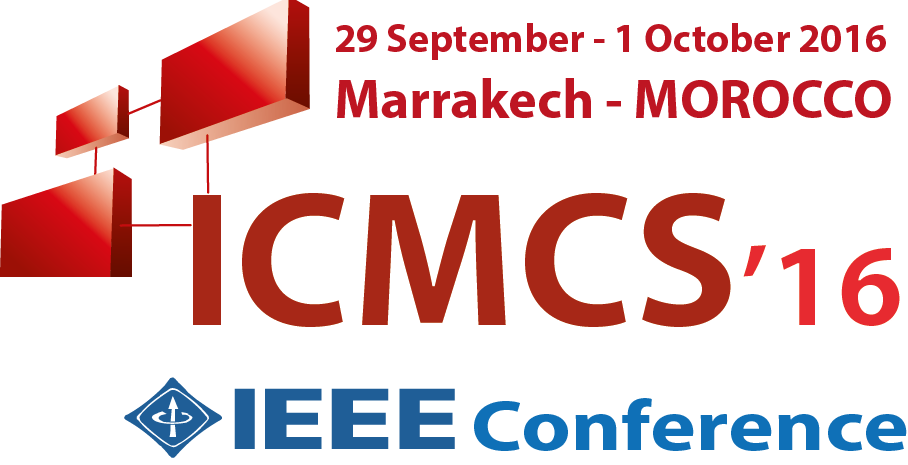
Prof. Smail Tedjini
Université Grenoble Alpes, LCIS Lab, Valence, France
By Prof. Smail TEDJINI, IEEE Senior Member Université Grenoble Alpes, LCIS Lab, Valence, France.
It is amazing to notice that the first RFID tag ever developed was the device known as “the Thing” designed by Leon Theremin in 1945. It was an eavesdropping device that served as spying microphone for many years. Even if the structure of the “Thing” is very trivial; such a device can be seen as an wireless sensor exploiting the sensitivity of the antenna to its immediate environment. Nowadays the technologies allow the design of more complex and effective devices, in particular the Radio Frequency Identification (RFID) technology. This technology is worldwide intensively used in thousands of applications for its capability in terms item identification and traceability. Passive UHF tags using recent chips require -22dBm only for activation and exhibit read-ranges of more than 20 meters. So, augmented tags, offering more than ID, may represent a strategic enabling solution for ambient sensing. They should allow the implementation of the last few meters of the Internet of Things. In this talk, we will explore some of the advances in the concepts and designs of UHF RFID tags. Some methods that allow RFID tags to acquire new capabilities, in particular sensing, will be discussed. Conventional RFID tags based on IC will be considered and examples of transforming these tags in sensors will be discussed. As example of tag sensors we will discuss the transformation of UHF RFID tag into a sensor of the permittivity of the substrate and we apply this concept for food quality monitoring by detecting the contamination of meat. On the other hand, the exploitation of the nonlinearities generated by RFID chips could be considered for the design of semi-passive sensor. So an energy source is needed in this case, and one way is to collect the wasted energy generated by the nonlinear behavior of the RFID chip. So, the last part of the communication will discuss some new ideas extending the capabilities of RFID tags by exploiting their nonlinear behavior.
Biography :
Smail TEDJINI, Doctor in Physics from Grenoble University 1985. 1981-1986 Assistant Professor at Grenoble Institute of Technology, Senior Researcher of CNRS (Research French National Center) 1986 to 1993. He became University Full Professor 1993. Since 1996 he is Professor at esisar: Dpt. of Grenoble-inp. His main teaching topics concern Electromagnetism, RadioFrequency, Wireless Systems and Optoelectronics. He served as coordinator/member in numerous academic programs both for education and research. He was coordinator for Ph.D., Master and Bachelor programs for Grenoble University. Some programs are under international collaboration with universities from Europe, USA, Canada, Brazil, Vietnam, Egypt, Maghreb. He created the LCIS lab in 1996 and served as its Director. He also served as the Director of esisar. He has more than 35 year experience in Education, Research and Management of university affairs. Now, he is project manager within ORSYS group that he leaded until 2014 and created 15 years ago. He supervised more than 35 PhDs, has more than 300 publications and patents. He organized several conferences/workshops. Senior Member IEEE, Past-President and founder of the IEEE-CPMT French Chapter, Vice-President of IEEE Section France and elected as the Vice-Chair of URSI Commission D “Electronics & Photonics” in 2008. He was reelected as vice-chair of IEEE-Francesection and served as the Chair of URSI Commission “D” for the triennium 2011-2014. In 2015 he was elected President of URSI-France.
